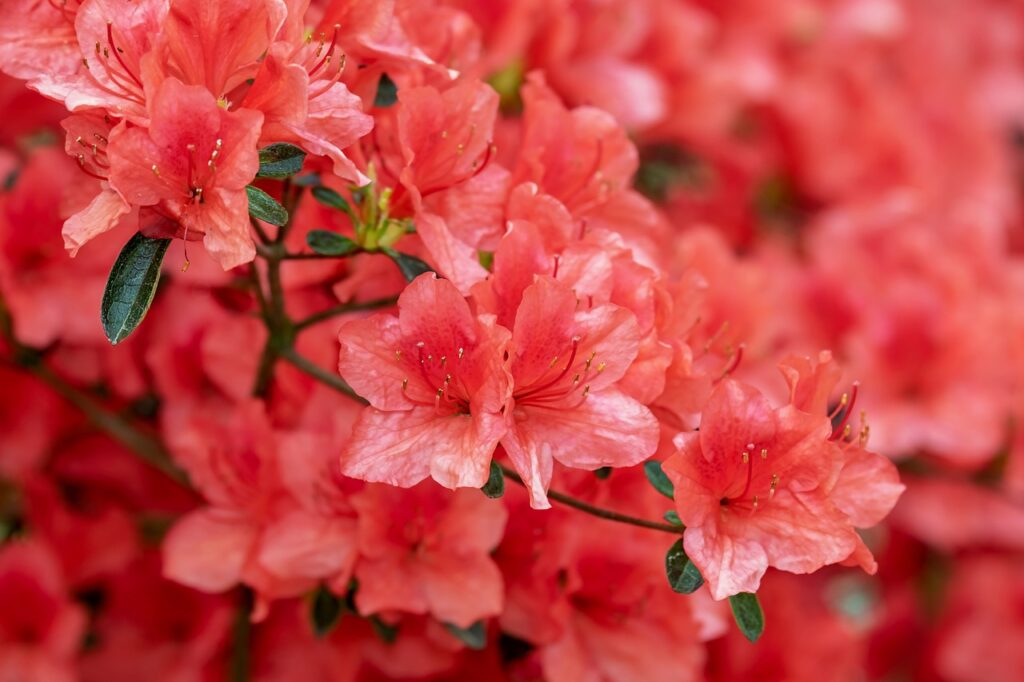The sweet scent of lavender. It’s the stuff of dreams, the essence of Provence in a pot, and the bane of my existence. My wife, bless her, adores this fragrant herb with every fiber of her being. And for the past four years, I’ve embarked on a quixotic quest to grow this ‘god forsaken shit-herb’ as a testament to my undying love for her. I’ve tried it all: starting from seeds, adopting transplants, even giving a home to a massive, established bush. Yet, despite my best efforts, every single one has kicked the bucket within two months under my care. It’s as if I’ve been personally targeted by a lavender conspiracy. I’ve grown a plethora of other herbs and plants without a hitch, so I can only conclude that lavender has a vendetta against me. This year, I’ve taken to flipping the double bird to every lavender plant I encounter and telling them where they can go. If my wife wants lavender, she can grow it herself because I am officially done!
Let’s talk about the houseplants that seem simple enough but end up being the Everest of indoor gardening. Adding a touch of greenery to your home can transform it into a serene oasis. However, sometimes the plants we lovingly pick from the nursery turn into a withering mess under our care. While some plants like pothos, snake plant, and peace lily are the forgiving type, others demand a level of attention that’s akin to a full-time job.
For those of you who dream of a vibrant indoor garden, it might be time to scale back your expectations. Stop inviting these high-maintenance botanical guests into your home unless you’re ready for the commitment. If you’re a novice gardener or just looking for some low-maintenance green companions, here are some plants you might want to steer clear of.
The Fussy Favorites
First up, the azalea, a plant that explodes with color outdoors but turns into a diva indoors. They crave cool and humid conditions, a tricky climate to replicate unless you’re living in a terrarium. They’re also picky about their soil’s pH level, requiring a dash of vinegar in their water unless you’re up for repotting. Keep the soil damp but not soggy, and you might just keep an azalea alive. But getting it to bloom again? That’s a tale for another day.
Then there’s the inch plant, with its vining growth habit that’s both a blessing and a curse. In a hanging basket, its purple-and-silver-striped leaves are a sight to behold. But as it grows, it demands constant grooming to prevent it from looking like it’s on its last leg. Pinch back the growing tips repeatedly, and you’ll keep up with this invasive species turned houseplant.
The Boston Fern is another one that’ll give you a run for your money. To mimic its natural tropical rainforest habitat, you’ll need to provide warmth, high humidity, and lots of filtered light. Place it by an east- or west-facing window, near a heat vent you can control, and run a humidifier to keep it from shedding its leaves like tears.
The Delicate Divas
Miniature roses are next on the list. They’re often sold potted, but don’t be fooled; they’re outdoor plants at heart. To keep them indoors, you’d need a grow light, humidifier, and a fan for air circulation. If you manage to keep them alive, they’ll need to be acclimated to the outdoors before you can enjoy their full beauty.
Orchids are notorious for being high-maintenance with their need for specific light, soil, and watering schedules. They’re like the Goldilocks of the plant world, with everything needing to be just right. Too much sun, and their leaves burn; too little, and they won’t thrive. Water them sparingly, and never let their roots sit in water.

The zebra plant is another one for the meticulous gardener. It demands a constant temperature of around 70 degrees Fahrenheit and thrives in high humidity. You’ll likely need a humidity tray, and you must water it whenever the soil starts to dry out.
The Tricky Trendsetters
Banana plants may look great with their large leaves, but they’re a handful. They need a lot of light, a consistent warm temperature, and plenty of water. They also prefer to be pot-bound, so don’t rush to repot them.
Gardenias are delicate and fragrant but don’t like to be moved once they’ve found their sunny spot. They’re also prone to pests, so keep an eye out and be ready to act fast if you spot any.
The fiddle-leaf fig tree is a designer’s dream but a gardener’s nightmare. Too much or too little sun, and it’s unhappy. It doesn’t like to be moved and requires just the right amount of water and fertilizer.
The cheese plant, or Monstera deliciosa, is another popular but tricky one. It needs the right amount of light to develop its iconic holes, and you’ll have to wash its leaves regularly, which can be irritating to your skin.
The African Mask plant is stunning but will quickly show its displeasure with crispy or brown leaves if its high humidity and moderate watering needs aren’t met. It also needs bright indirect light but will burn if it’s too much.
The goldfish plant, with its charming fish-like flowers, requires a lot of humidity, water, and bright indirect light. If you don’t get it right, it’ll reward you with leggy growth and no flowers.
The Venus flytrap is a fun novelty but demands full sun, specific soil, distilled water, and room temperature to thrive. It’s a plant that’s as sensitive as it is fascinating.
The prayer plant has leaves that will tell you exactly how it feels. Too much light or water, and they’ll let you know with brown or yellow discoloration.
Fellow plant enthusiasts, before you bring home your next leafy friend, consider whether you’re ready for the challenge. Or maybe, just maybe, stick to the tried-and-true varieties that won’t leave you questioning your green thumb. And to all the lavenders out there: watch your back, because I’m not the only one with a grudge.
Related posts:
It’s Not Me, It’s You: The 15 Toughest Houseplants to Keep Alive
10 Plants You Can’t Kill: No Green Thumb Needed
31 Hardy Indoor Houseplants That Are Very Hard to Kill





